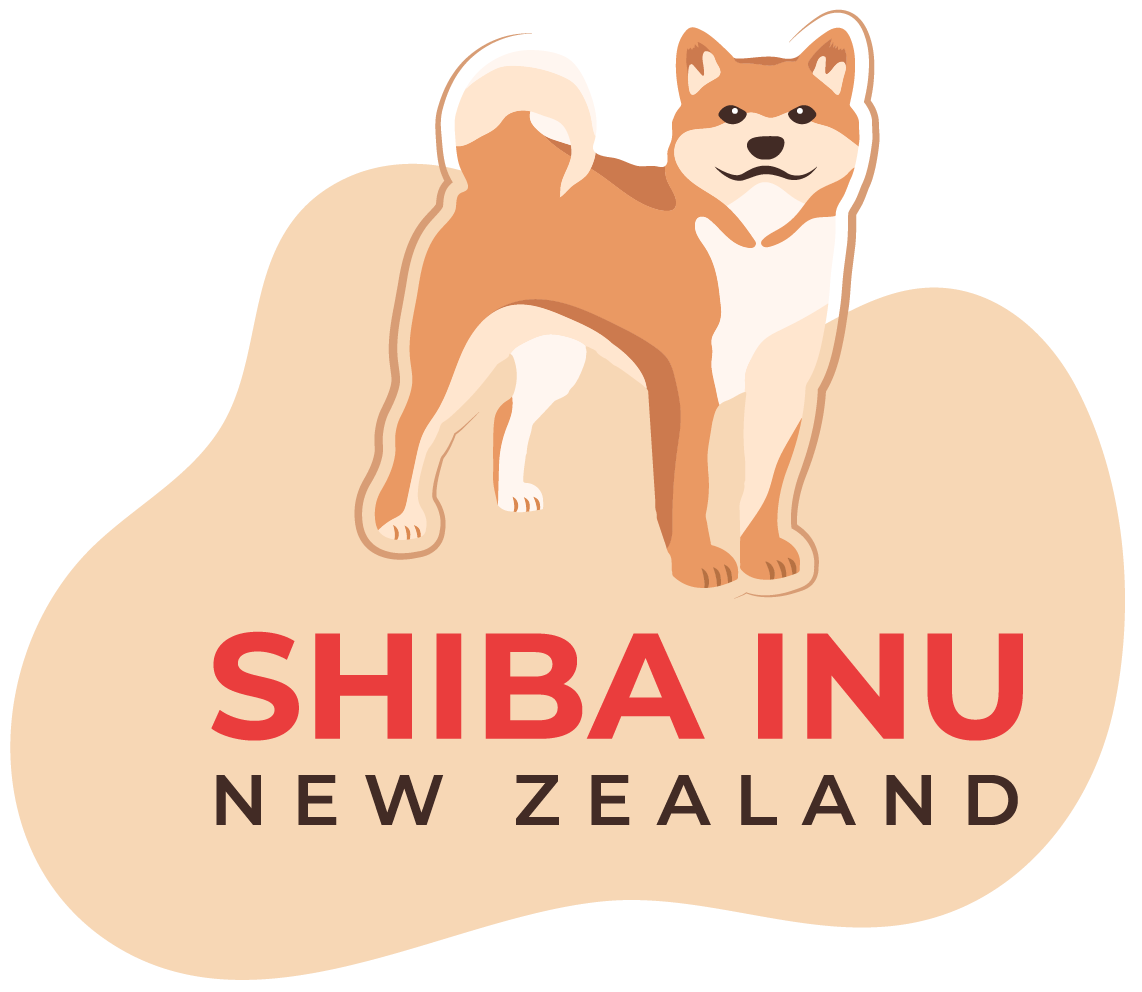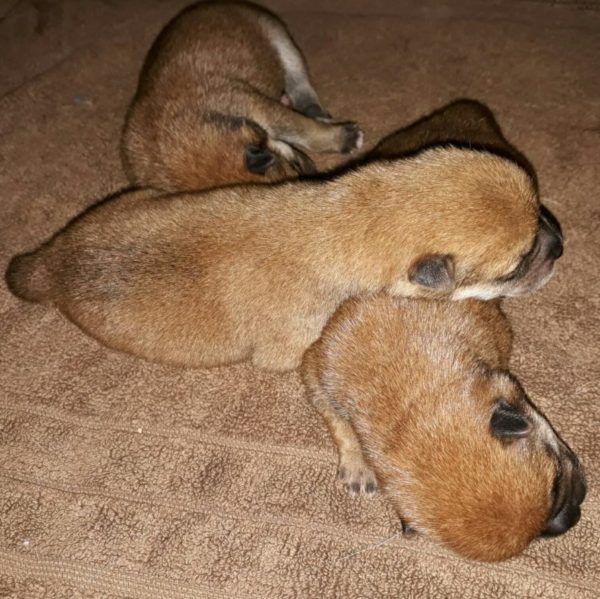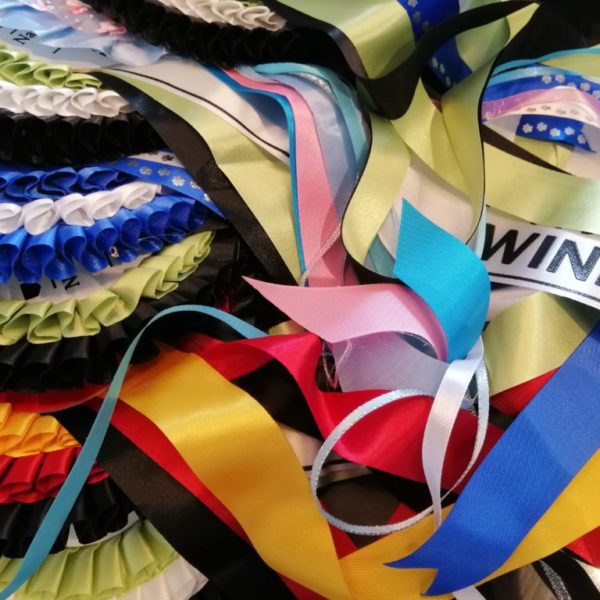Shiba Inu: What’s the fuss?
A joke
A German Shepherd, a Doberman and a Shiba Inu have all died and are awaiting entry at the pearly gates.
God asks the German Shepherd, “Tell me, what do you believe in?”
The German Shepherd says: “I believe in discipline, training, and loyalty to my master.”
“Very good,” says God, “you may sit down on my right hand side.”
Doberman, tell me, what do you believe in?”
The Doberman answers: “I believe in the love, care, and protection of my master.”
“Aha,” exclaims God, “you may sit at my left.”
Then he looks at the Shiba Inu and asks: “And you, what do you believe in?”
The Shiba Inu answers: “I believe you’re sitting in my seat.”
our purpose
This is a resource to help you navigate the journey of Shiba Inu ownership, from meeting your first Shiba, finding a puppy, through to dealing with all the fun and games that comes with sharing your life with such an independent and willful breed of dog.
A Brief History of Shiba Inu
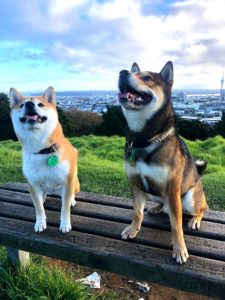
Originally, the Shiba Inu was bred to hunt and flush small game, such as birds and rabbit. During the Meiji Restoration, western dog breeds were imported and crosses between these and native Japanese breeds became popular. From 1912 to 1926, almost no pure Shiba remained. From around 1928, hunters and intellectuals began to show interest in the protection of the remaining pure Shiba. However, despite efforts to preserve the breed, the Shiba nearly became extinct during World War II due to a combination of food shortage and a post-war canine distemper epidemic.
All subsequent dogs were bred from the only three surviving bloodlines. These bloodlines were the Shinshu Shiba from Nagano Prefecture , the Mino Shiba from the former Mino Province in the south of present-day Gifu Prefecture, and the San’in Shiba from Tottori and Shimane Prefectures.
The Shinshu Shibas possessed a solid undercoat, with a dense layer of guard-hairs, and were small and red in color. The Mino Shibas tended to have thick, prick ears, and possessed a sickle tail, rather than the common curled tail found on most modern Shibas. The San’in Shibas were larger than most modern Shibas, and tended to be black, without the common tan and white accents found on modern black-and-tan Shibas. These three strains were combined into one overall breed, the Shiba Inu.
The first Japanese breed standard for the Shiba, the Nippo Standard, was published in 1934 and in December 1936 the Shiba Inu was recognized as a Natural Monument of Japan through the Cultural Properties Act. This was largely due to the efforts of Nippo (Nihon Ken Hozonkai), the Association for the Preservation of the Japanese Dog.
Today they are a popular companion dog in many countries around the world and are internet superstars made famous through the “Doge” meme.
The above information is taken from the Shiba Inu Wikipedia Page, found here.
information
Training, Tips & Tricks
How can I make sure my life with a Shiba Inu is as easy and fun as possible?
Shibas you Might Meet Out and About
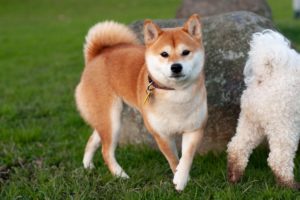
Kubo
Kubo is a spunky little girl living in Auckland. She absolutely loves to zoom with her friends at the park, but even better than that is splashing about at the beach and playing “keep away” with someone else’s ball. When she’s not doing that, she likes to show her affection to her dads by curling up somewhere near by, maybe even touching a leg or foot for comfort.
Photo: Nadia Kennington
